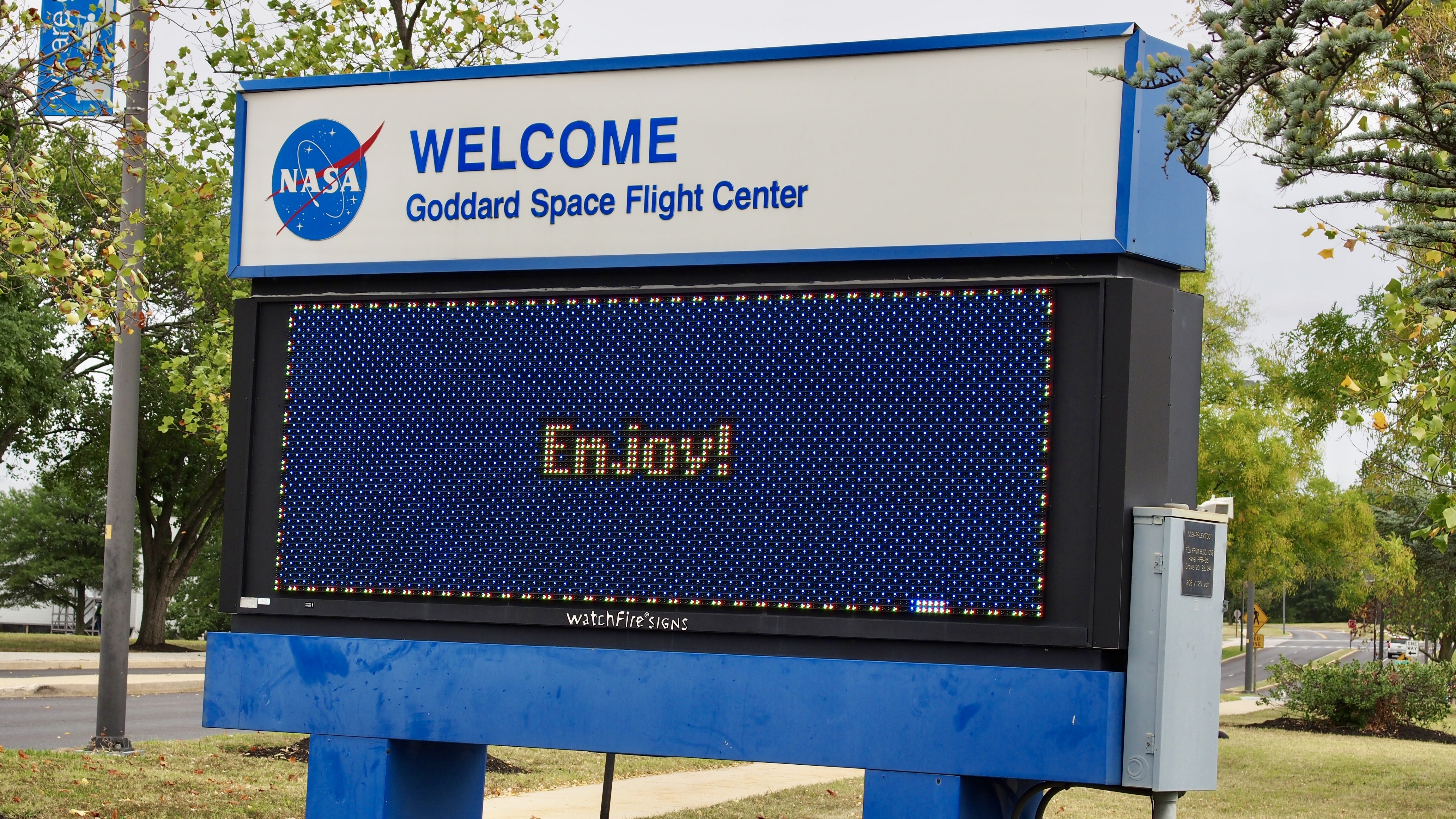The solar system may be racing through space 3 times faster than expected. Is the standard model of cosmology wrong?
"If our solar system is indeed moving this fast, we need to question fundamental assumptions about the large-scale structure of the universe."

Astronomers have discovered that the solar system may be moving through the cosmos over three times faster than was previously theorized. The discovery could have implications for the standard model of cosmology, our current best model to explain the structure, composition and evolution of the universe.
The team behind this research reached its conclusions using the Low Frequency Array (LOFAR) radio telescope network and two other radio telescopes to map the distribution of radio galaxies, which they then used to measure the motion of the solar system. Radio galaxies are galaxies that emit unusually strong radio waves from "lobes" that extend well beyond their visible structure of stars.
Radio galaxies are useful in this way because radio waves have long enough wavelengths to slip through cosmic gas and dust rather than being absorbed, as happens with other forms of electromagnetic radiation. In the direction the solar system moves, slightly more radio galaxies should appear, but this is such a minor variation that it can only be revealed by incredibly sensitive instruments.
"Our analysis shows that the solar system is moving more than three times faster than current models predict," team leader Lukas Böhme of Bielefeld University said in a statement. "This result clearly contradicts expectations based on standard cosmology and forces us to reconsider our previous assumptions."
The team's measurement revealed a disparity in the distribution of radio galaxies, an anisotropy, that was 3.7 times stronger than that predicted by the standard model of cosmology, which describes the evolution of the cosmos since the Big Bang.
These results are in line with previous infrared observations of quasars, feeding supermassive black holes that glow brightly due to vast emissions of energy from material surrounding the black hole. The correlation between these two separate lines of enquiry suggests this isn't an error but reflects an actual feature of the cosmos.
"If our solar system is indeed moving this fast, we need to question fundamental assumptions about the large-scale structure of the universe," team member Dominik J. Schwarz, a cosmologist at Bielefeld University, said. "Alternatively, the distribution of radio galaxies itself may be less uniform than we have believed. In either case, our current models are being put to the test."
Breaking space news, the latest updates on rocket launches, skywatching events and more!
The team's research was published on Monday (Nov.10) in the journal Physical Review Letters.

Robert Lea is a science journalist in the U.K. whose articles have been published in Physics World, New Scientist, Astronomy Magazine, All About Space, Newsweek and ZME Science. He also writes about science communication for Elsevier and the European Journal of Physics. Rob holds a bachelor of science degree in physics and astronomy from the U.K.’s Open University. Follow him on Twitter @sciencef1rst.
You must confirm your public display name before commenting
Please logout and then login again, you will then be prompted to enter your display name.
